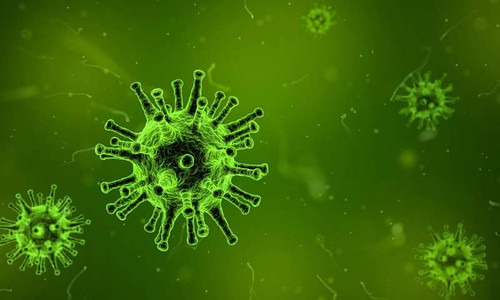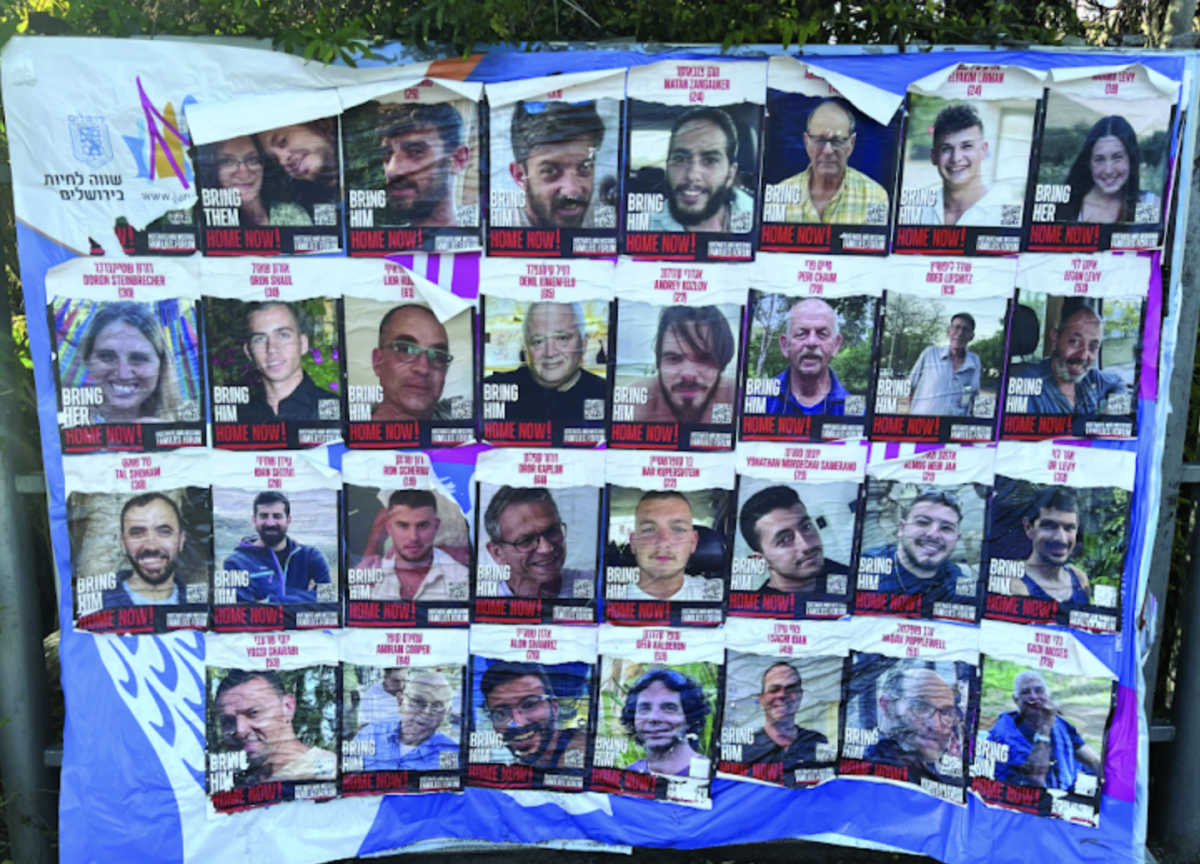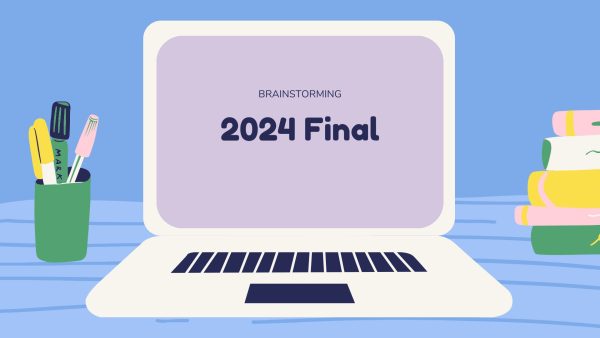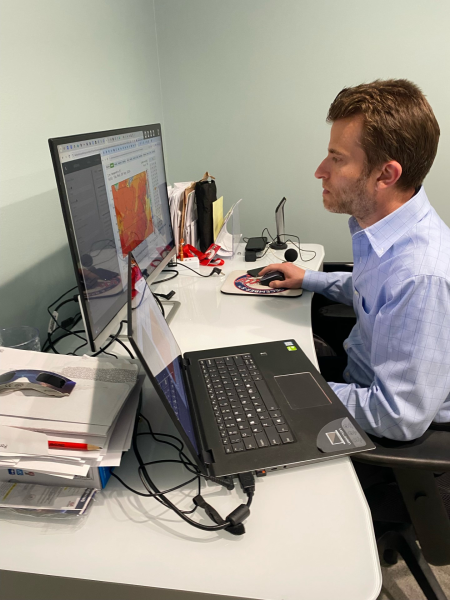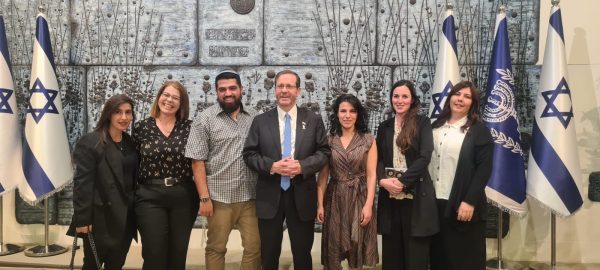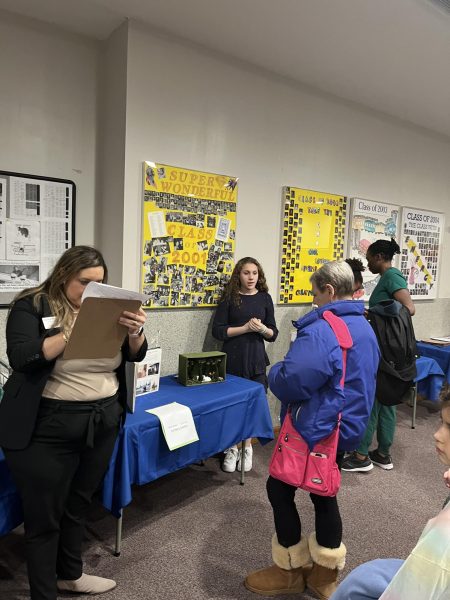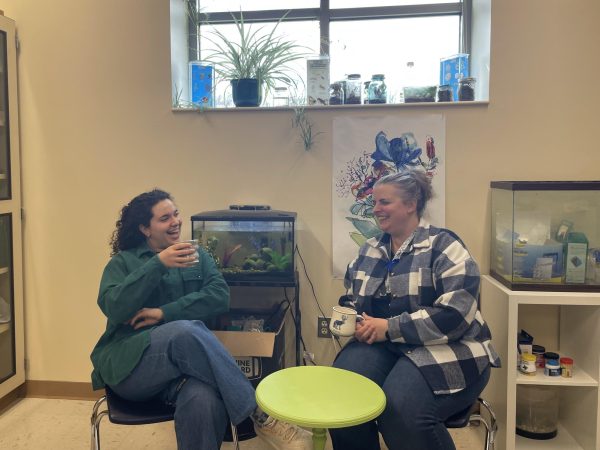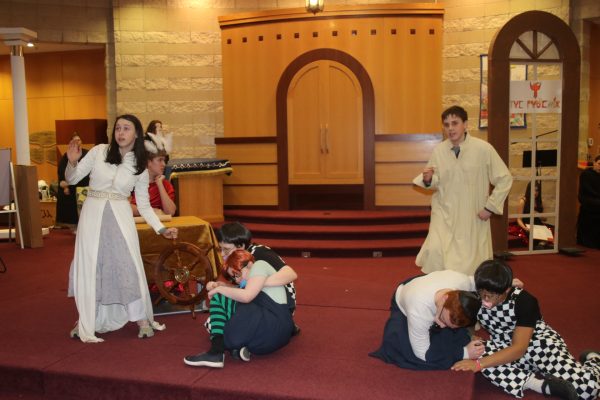JDS Medical Advisory Committee offers guidance on hybrid learning plan
January 20, 2021
Schools around the world have been in the difficult position of having to decide when it is safe to reopen their doors. CESJDS had help in making that decision from a medical advisory committee that included doctors, epidemiologists and even a member of the national COVID-19 response team.
The parents were chosen not only because of their expertise but because of their knowledge of the JDS community. The board has children in the elementary, middle and high schools, so the committee was better able to understand what was needed for students of different ages and on both campuses.
“First and foremost, we are parents of the kids at the school so we are especially attuned to our community,” Enrique Schisterman, an epidemiologist at the National Institute of Health (NIH), said.
Also serving on the committee are members of the national COVID-19 response team, including NIH researcher Veronique Nussenblatt, internal medicine doctor Rebecca Gross and physician and teacher at Inova hospital Lee Blecher. The two school nurses, Heather Greenblum and Natasha Oksenhendler, assist the committee, which is overseen by Head of School Rabbi Mitchel Malkus.
The committee started meeting in the summer to prepare for the 2020-2021 school year. They usually meet every Sunday, however, they talk throughout the week in a WhatsApp group chat and through email. Each week, they look at the current plan for hybrid learning put in place and make sure that it is safe given the current conditions. They also talk about new studies that have come out and new articles from the Centers for Disease Control and Prevention (CDC).
The committee has worked to keep the JDS community safe by implementing measures such as weekly COVID-19 testing, upgrading the air-conditioning system and taking students’ temperatures daily. The committee also made the decision to reopen the middle and high schools for hybrid learning.
The committee wanted to open earlier in late August when the case count in Maryland was lower, but it took time to make a plan and organize items to set up a hybrid system. Among the many items installed were the plexiglass in the classrooms to separate desks and a new air-conditioning system. The committee members did a walk-through of the building before the middle and high schools returned to the building to ensure that everything was safe and all equipment was installed and working properly.
“It was hard to get to the point of how do we get the school to be able to open,” Schisterman said. “Nothing has changed yet, either positive or negative, there are situations that happen that we discuss, should we continue the same, should we be more careful or less careful, what do we need to do.”
One of the biggest shifts in making the decision to reopen was choosing to focus on the COVID-19 statistics within the JDS community, instead of within Montgomery County or Maryland. The numbers of cases within the smaller JDS community are very low compared to the number of county or state cases, which helped make it possible to transition to hybrid learning.
“I think there was originally a real fear that you know when you put all these people together in a school building, that if one person has COVID, everyone will get it,” Greenblum said. “And then as the weeks and months went on, it became very obvious across the country that COVID is not really being spread in schools. You know, the cases are pretty limited.”
Malkus hopes that JDS will be able to open full-time at the start of the 2021-2022 school year.
“Now that we have two approved vaccines, and I understand that teachers in school, personnel, are going to be among the first to receive the vaccines, so I’m optimistic that there’s light at the end of the tunnel,” Malkus said.


